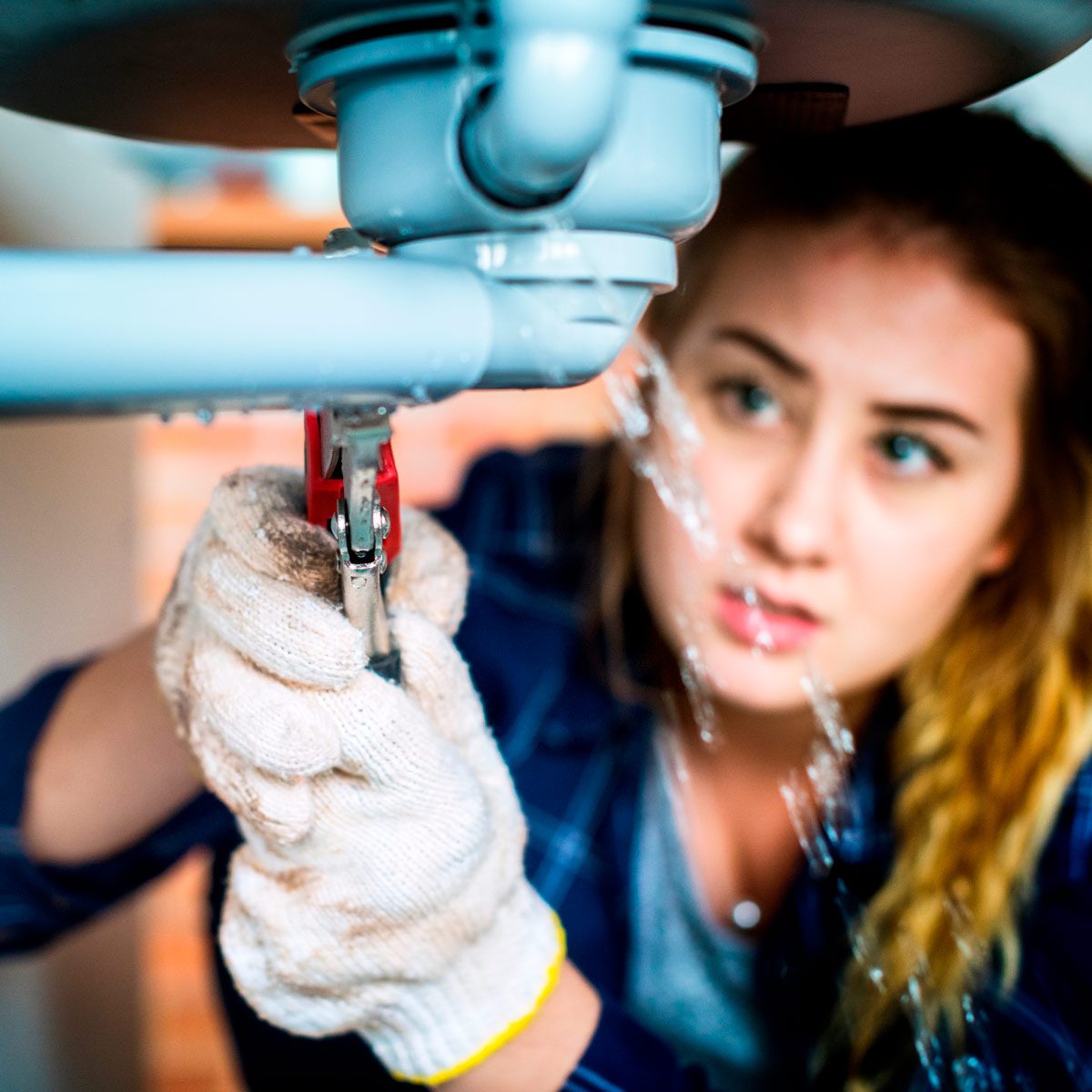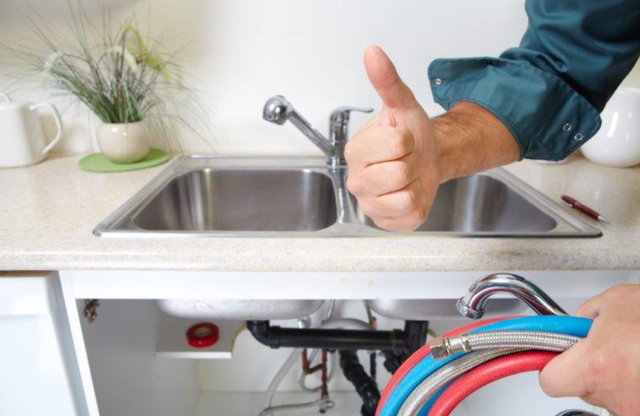The article author is making a few great points on How to Prevent Frozen Pipes in general in this article beneath.

All home owners who live in temperate environments have to do their finest to winterize their pipelines. It is something you must do during autumn before deep wintertime absolutely starts. Failing to do so can lead to disaster like frozen, cracked, or burst pipes. Here are some handy winterizing hacks to maintain your plumbing system shielded even if the weather condition outside is shocking.
Activate the Faucets
When the temperature declines and also it seems as if the cold temperature level will last, it will assist to switch on your water both inside your home and outdoors. This will certainly maintain the water streaming via your plumbing systems. Furthermore, the movement will decrease the freezing process. Notably, there's no requirement to transform it on full force. You'll end up throwing away gallons of water this way. Rather, aim for concerning 5 decreases per min.
Open Cabinet Doors Hiding Plumbing
When it's cold outside, it would certainly be helpful to open cabinet doors that are camouflaging your pipelines. Doing this tiny technique can keep your pipelines cozy and also restrict the potentially dangerous results of freezing temperatures.
Require Time to Cover Exposed Water Lines
One easy and clever hack to warm up frigid pipes is to cover them with warm towels. You can cover them initially with towels. After safeguarding them in position, you can pour boiling water on the towels. Do it slowly to let the towels take in the fluid. You can additionally utilize pre-soaked towels in hot water, just do not neglect to use protective handwear covers to protect your hands from the warmth.
Try a Hair Clothes Dryer or Warm Gun
When your pipelines are nearly freezing, your reliable hair dryer or heat gun is a godsend. If the hot towels do not assist remove any type of clearing up ice in your pipelines, bowling hot air straight right into them might aid. You may end up damaging your pipelines while attempting to melt the ice.
Turn off Water When Pipelines are Frozen
Switch off the primary water shutoff quickly if you see that your pipelines are totally frozen or nearly nearing that stage. You will typically find this in your basement or utility room near the heater or the front wall closest to the street. Transform it off today to prevent additional damages.
With even more water, even more ice will certainly stack up, which will at some point lead to break pipes. If you are uncertain about the state of your pipes this winter, it is best to call a specialist plumber for an examination.
All home owners who live in warm environments should do their finest to winterize their pipelines. Failing to do so can spell disaster like icy, split, or burst pipelines. If the hot towels do not aid remove any settling ice in your pipelines, bowling hot air straight right into them may aid. Turn off the major water valve immediately if you observe that your pipes are totally icy or almost nearing that phase. With even more water, more ice will load up, which will eventually lead to rupture pipelines.
PREVENT YOUR PIPES FROM FREEZING THIS WINTER
A Leading Cause of Property Damage
When the weather is taking a deep nose dive into the cold dreary days, the risk of your pipes freezing and potentially bursting skyrockets. Unfortunately, during these cold dreary months, burst pipes are the most common denominator for property damage. The pipes that are most at the risk are those that are in areas where it is most cold in your home. For instance, pipes located in interior places such as basements, attics, and your garage. Unfortunately, that doesn’t mean that the pipes running through your cabinets or exterior walls can’t freeze. Good news, however, is that you can do things to help prevent pipes from freezing.
How to Prevent Pipes From Freezing
Once the temperature starts to drop during the winter, you should be taking the proper measures needed to ensure that your pipes stay warm and that there is circulation of water through them. Some steps that experts may recommend could go against your better judgement when it comes to saving water and heat. However, it would go without saying that when expenses are compared, damaged pipes could put a bigger dent in your wallet than a water bill.
What Can I Do?
Keep your garage door closed. This is very important, especially if you have water supply lines running through your garage. Open your kitchen and bathroom cabinets to allow warm air to circulate through them. Allow air circulation throughout your home. Keeping the interior doors open will once again allow the warm air to circulate inside your home. Ensure your thermostat is running the same temperature throughout the night and day. If you plan to be away from home during the cold months, set your temperature no lower than 55° F. This should provide enough heat to keep the pipes warm and prevent any remaining water inside the pipes from freezing. For more of a long-term solution, add insulation to attics, basement, and other crawl spaces around your home. By allowing your faucet to drip, it will alleviate pressure in the system. This is important because the pressure that is created between the blockage and the faucet can potentially cause the pipes to burst. Allowing the faucet to drip will prevent the pressure from building up, therefore keeping the pipes from bursting. Seal any cracks, openings, and crawl spaces around your home to prevent cold air from coming inside. This keeps your pipes-not to mention your home-warmer and less susceptible to issues caused by freezing temperatures. For the pipes in your home that are easily accessible, applying electrical tape to them might prevent them from freezing over. This is a quick fix, as you can apply the tape directly to the pipe. There are two options for heating tapes. One turns on and off by itself when it senses heat is needed. The other type of heating tape needs to be applied when heat is needed and removed when not necessary. If you have exposed pipes in your home, you can check this website to take a look at a few options that would be available at a shop near you.

Do you enjoy reading about How to Prevent Frozen Pipes? Leave a review directly below. We will be interested to see your feelings about this content. We are looking forward to see you back again in the future. Do you know about somebody who is in the market for the topic? Please feel free to promote it. I recognize the value of reading our article about How to stop pipes from freezing during the winter.
Need fast action? Dial.